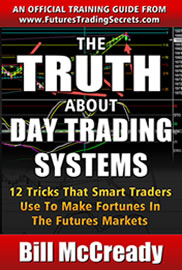
The following list of books, software and other resources represents our reviews of what you’ll see below. They represent our search for a trading system, as well as education, information, research and strategy that would work for us. We do not sell any of the items listed below that are for sale.

